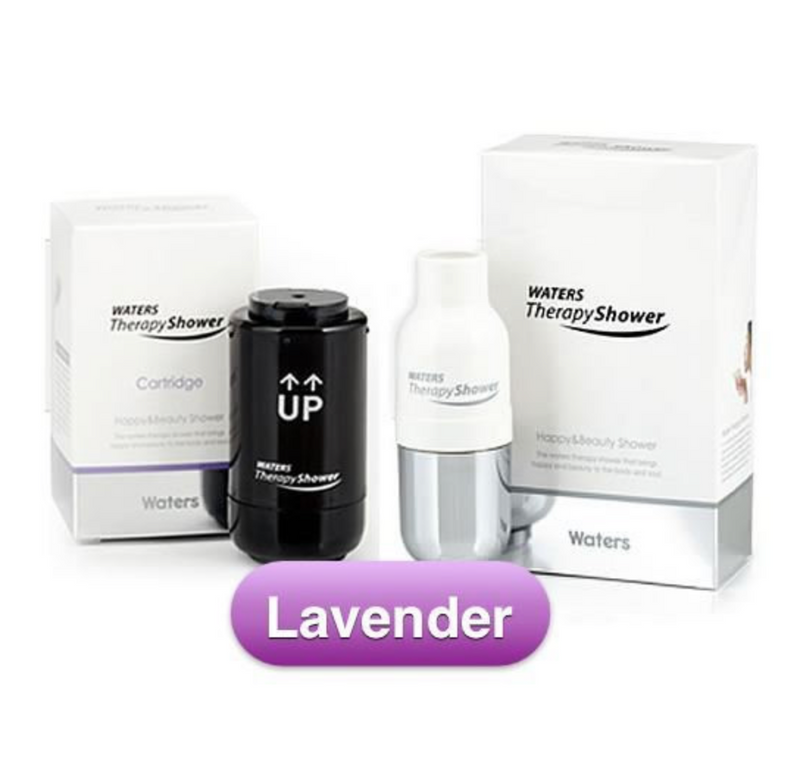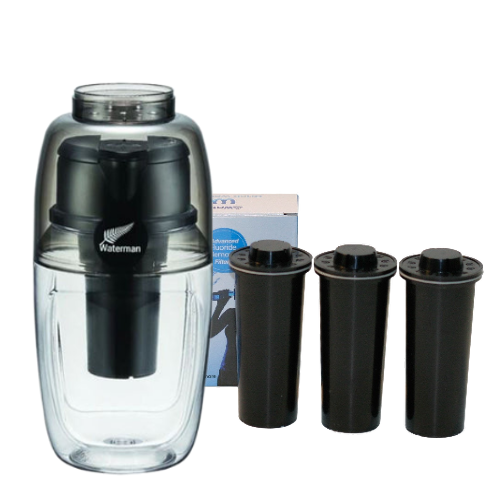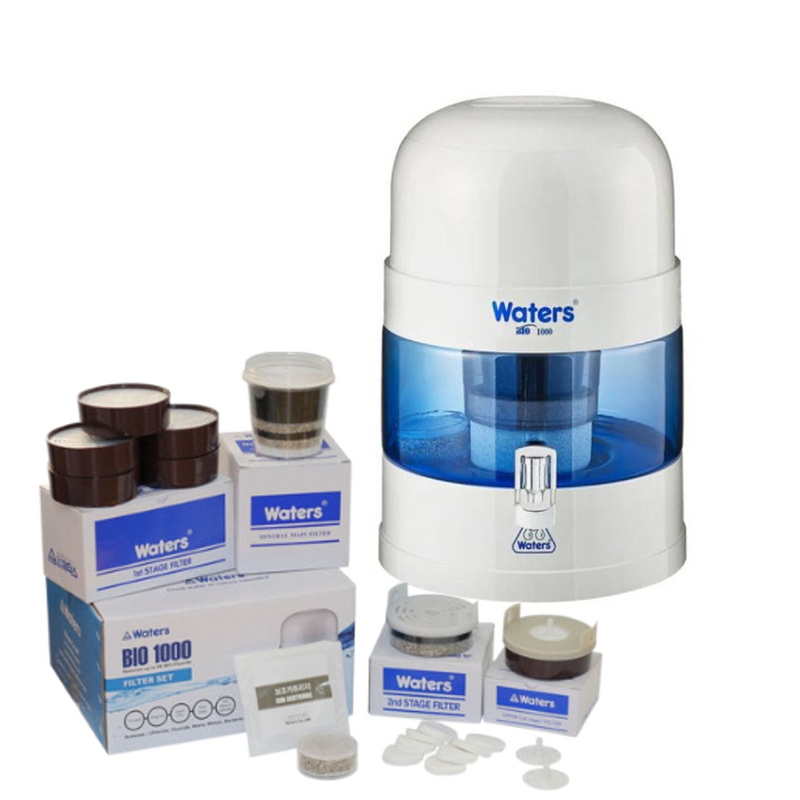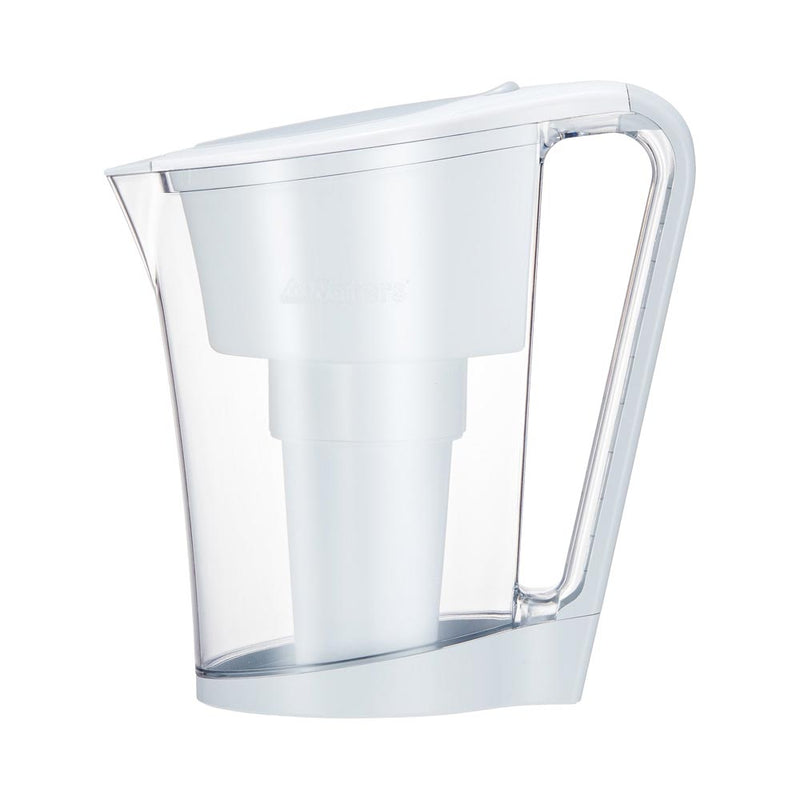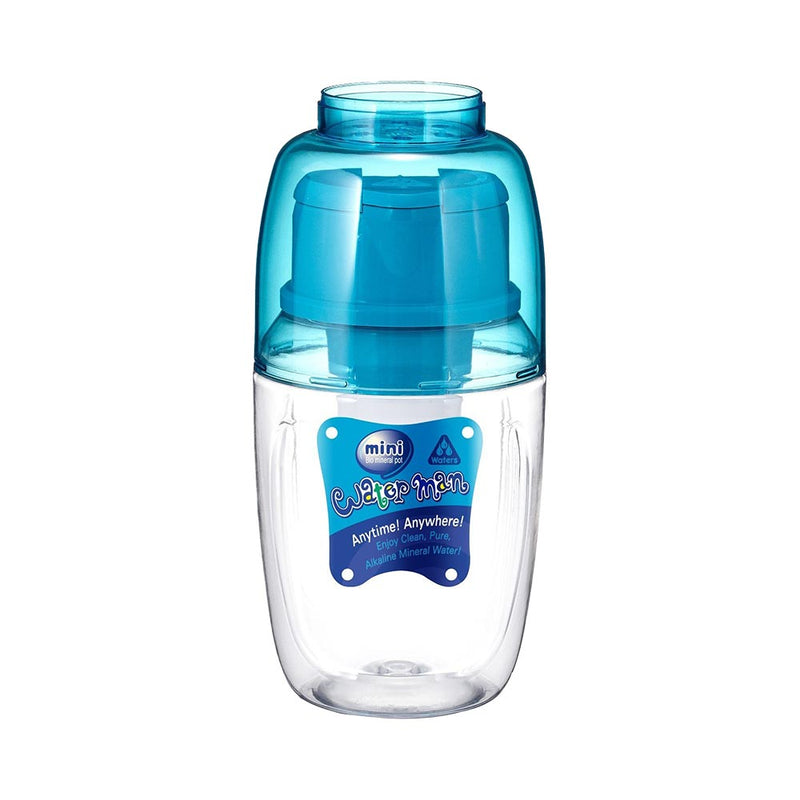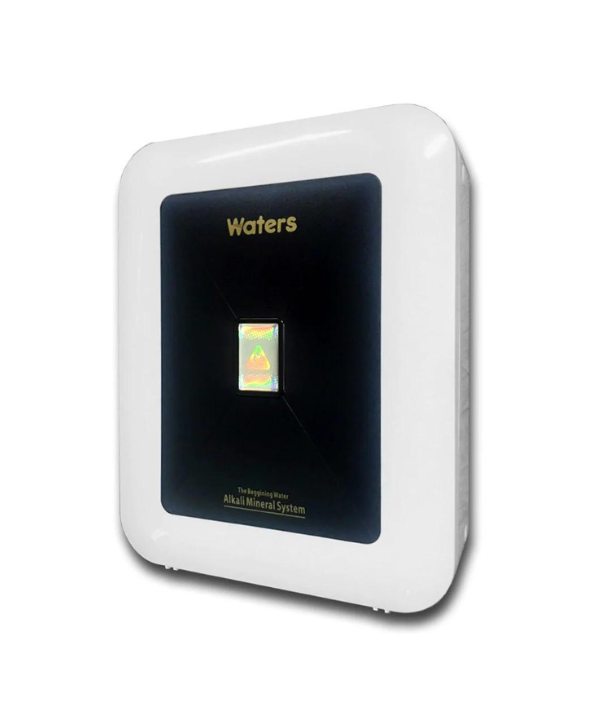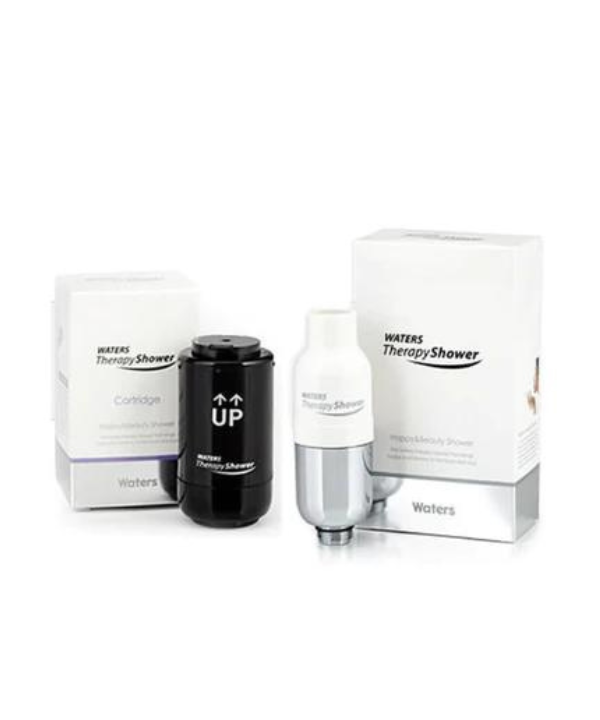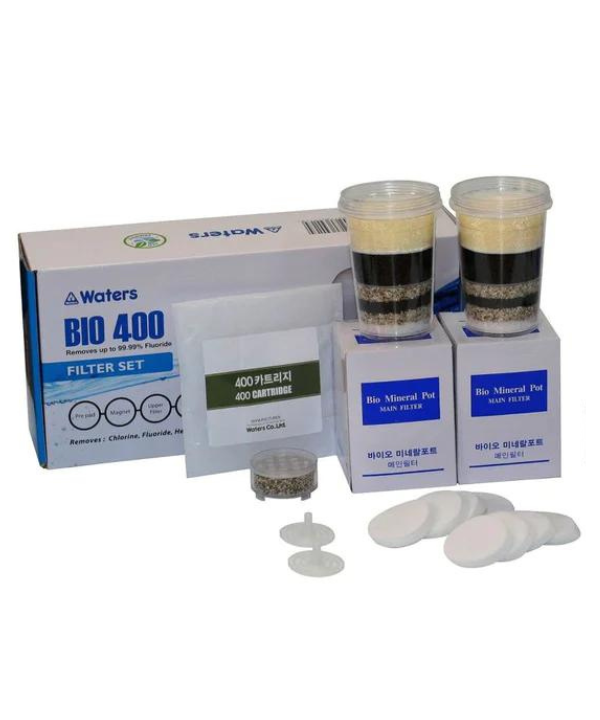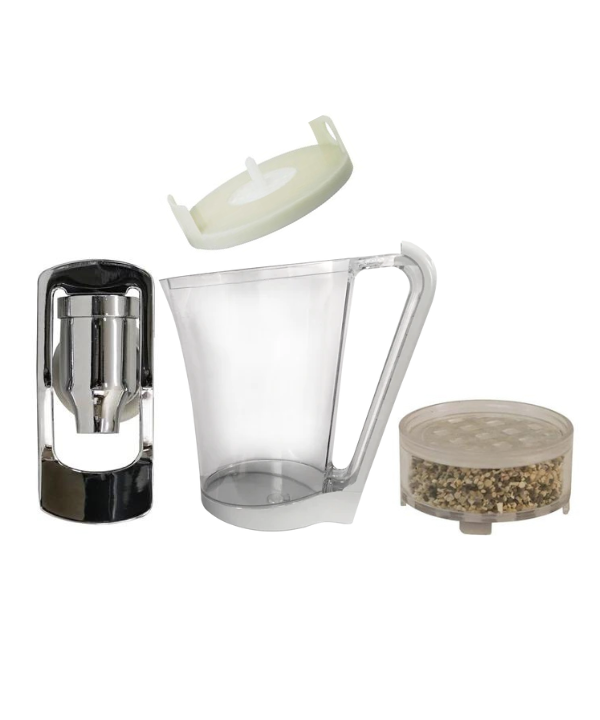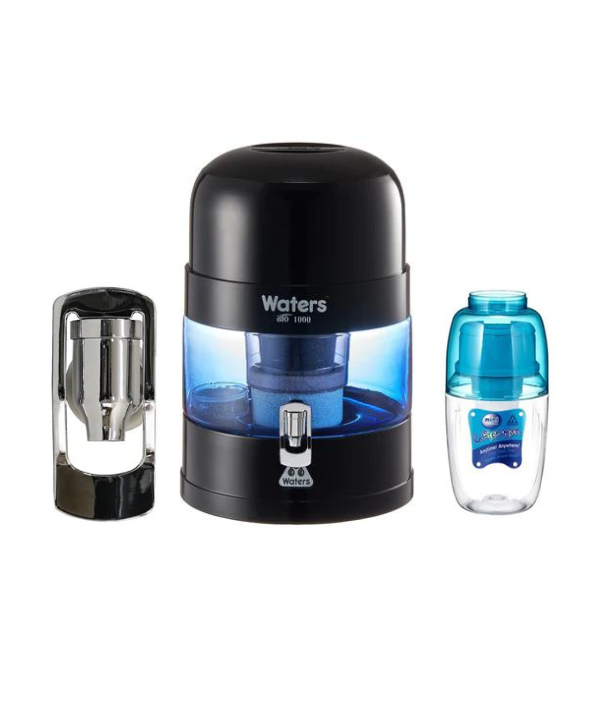Research & Development
Silica
Silica Stage
Waters Co filters add approximately 90 PPM of silica to our mineral water.
The average adult human body holds roughly seven grams of silica; a quantity far exceeding the numbers for many other key minerals, such as iron. Both iron and silica are body essential, meaning they are necessary for carrying out ongoing metabolic processes that are vital to life. Therefore, these elements must be continuously supplied. With silica, strength and life, which often vanish as the years accumulate, can be naturally sustained or even restored to your skin.
As we age, the source of silica in our bodies becomes exhausted, resulting in wrinkles, dry skin, dull lifeless hair, and brittle nails and bones. Maintaining collagen underneath the skin augments elasticity and beauty. Collagen owes that attribute to Silica, which provides a beautiful complexion that is more than skin deep. Silica has been regarded as nature’s building block and is our answer to healthier, younger looking, more radiant skin, hair and nails. It is a universal element in the human body that can be found free and soluble in water, or combined with proteins and lipids, and has an exact relationship to mineral absorption. Its most important purpose is of immune nature, because the Silica partakes in the manufacturing process of antibodies/antigens and it encourages the conversion of LB (Lymphocyte B) into LT (Lymphocyte T).
Silica Supplementation for Healthy Bones
Osteoporosis is an indicator of the aging process. As the calcium in our body structure leeches, our bones become brittle and weak. Using only a calcium supplement cannot remedy or stop this threatening and crippling disease, because the body cannot absorb and make use of the calcium without the presence of Silica. Data suggests that, instead of affecting healing, supplemental mineral calcium, in contrast, speeds up the leeching away of bone calcium and thus accelerates the degenerative process of osteoporosis and similar diseases that affect the connective tissues in the human body.
In the case of osteoporosis, Silica can alleviate the pain and may restore the body’s self repair process. Osteoporosis indicators attack women primarily after menopause, but the deterioration process starts much earlier in their younger days. Countless women are dying of fractures caused by osteoporosis compared with cancer of the breast, cervix and uterus combined.
It is important to know that in osteoporosis, thinning of the bones takes place due to the insufficient manufacturing of the surrounding protein medium in which calcium salts first deposit. An insufficient amount of calcium in the bone matrix causes an enlargement of canals and spaces in the bones, giving the bones a porous, thinned look. The weakened bone develops into a fragile state and can be broken by a minor injury. The bones may even fracture from ordinary pressure or stress. For objectives of re-mineralization in damaged bones, it is advised that a sufficient Silica supplement be taken daily. Bones are composed of mainly phosphorus, magnesium and calcium, but they also include Silica. Silica deposits minerals into the bones, especially calcium. It hastens the healing of fractures and also diminishes scarring at the location of a fracture. A good deal of research evidence indicates that through a transmutation process, Silica is turned into calcium when it is needed. It is for that reason that some scientists mention Silica, as a precursor to calcium. Even when calcium is insufficient, the body can turn Silica into calcium that the bones need.
Silica as a Source of Youth
Tissue deterioration accelerates due to ageing when connective tissue cultivates an increasing inability to hold on to moisture. Connective tissue consists of collagen, elastin, mucopolysaccharides, and mucous carbohydrates which aid in moisture retention. Their capacity to hold on to moisture keeps the connective tissue resilient and has apparent importance in the prevention of premature aging. All these valuable molecules house large quantities of Silica. Collagen, mainly made up of Silica, is the “glue” that holds us together. If our body has enough silica glucosaminoglycane, the collagen will make us look younger. The skin is the largest organ in the body and, along with hair and nails, forms the living cover that shows on the outside how well we are within. The presence of silica in our bodies can maintain the lustre in our hair, the strength in our nails and the tone of our skin.
Silica for detoxification
Scientists and researchers have long hypothesised that Alzheimer’s disease is linked to a build up of aluminium in the brain and links between aluminium in drinking water supplies and Alzheimer’s have now been ascertained. A factor that is overlooked is that silica reduces the accumulation of aluminium. When researchers added silica to aluminium-laced water supplies, it inhibited the aluminium from being absorbed. It also caused a proliferation in the excretion of aluminium in urine and lowered aluminium concentrations in the brain, liver, bone, spleen and kidneys.
Silica is one of those elements whose catalog of benefits just keeps mounting as time passes. Silica is the second most common element on earth, after oxygen. In its crystalline form, silicon (or quartz), is the most plentiful element in the earth’s crust. When obtained from plant life, it is called Silica. Silica is crucial in bones, tendons, skin, cartilage and blood vessels. Silica is even located in blood itself, and in such important organs as the liver, heart and lungs. Silica is one of the most abundant minerals on the planet, but there are very few foods that contain an adequate amount to supply our body's needs. Silica is easily absorbed and is also rapidly excreted, so consistent daily supplementation is required. Because silica is water soluble, it does not accumulate in the body. Studies have not found any negative side effects from too much Silica.
Silica is just one of the many benefits our filters provide. We offer a variety of options to suit your needs, including convenient benchtop water filters, discreet under-sink water filters, and refreshing shower filters.
Further Reading - Discover the benefits of silica and coral trace elements in mineral water


